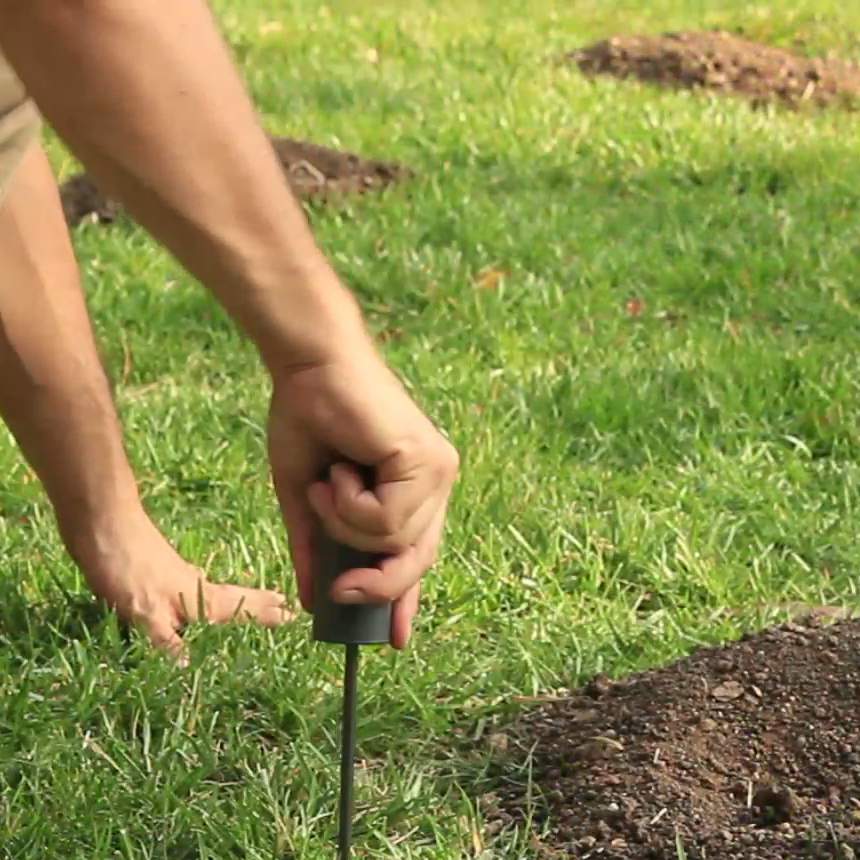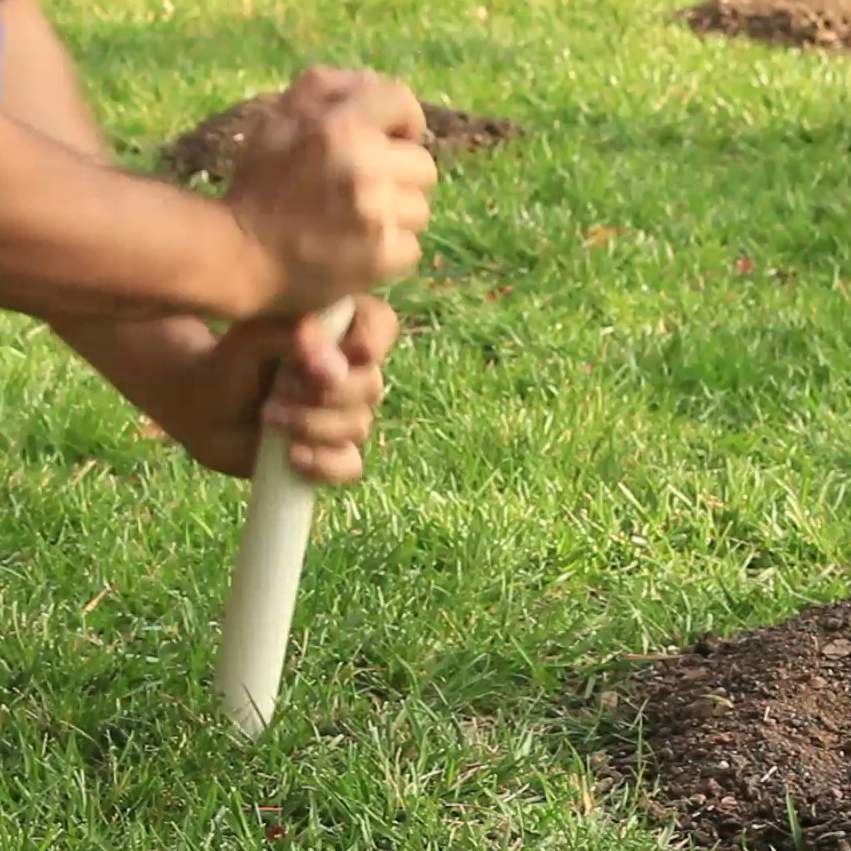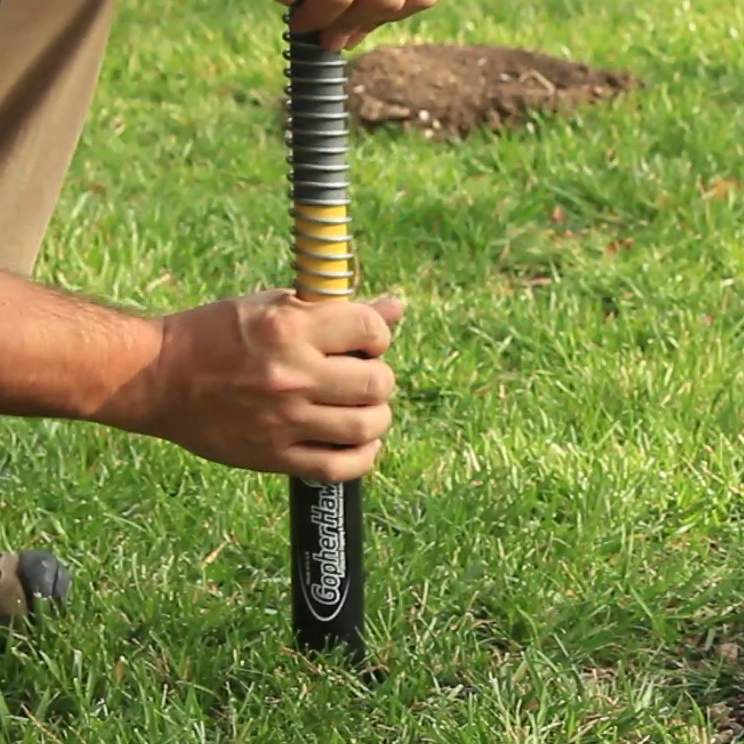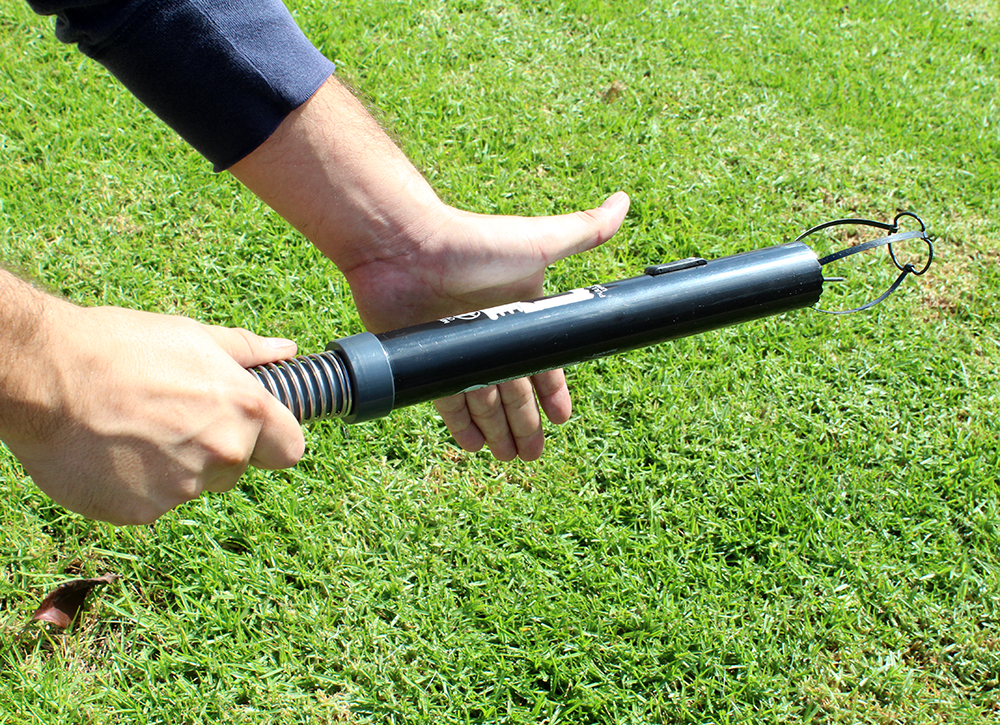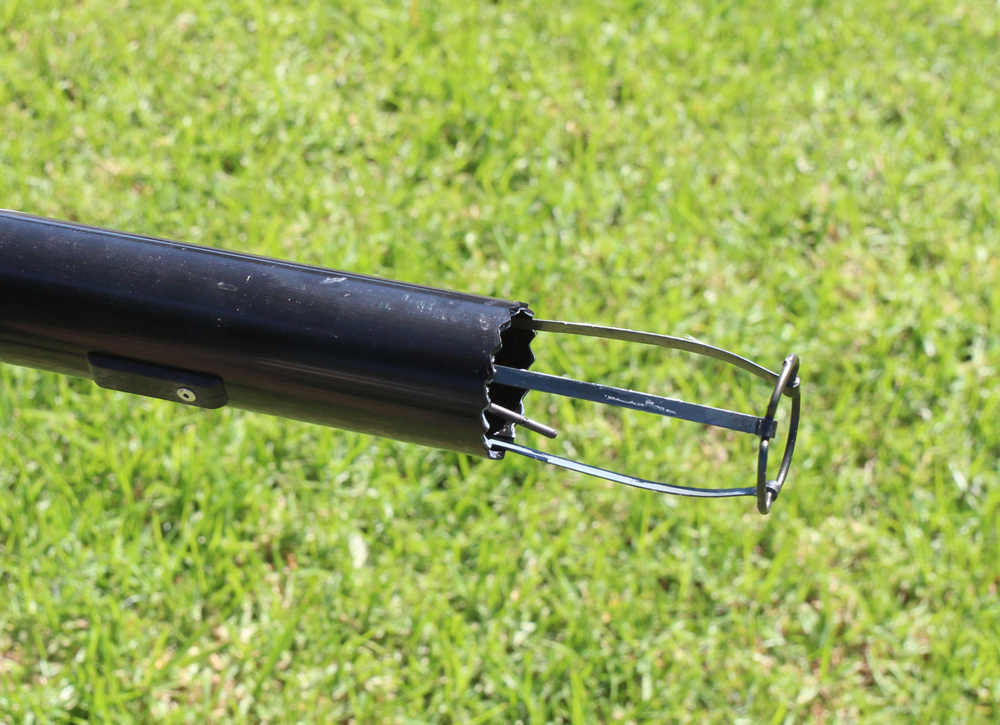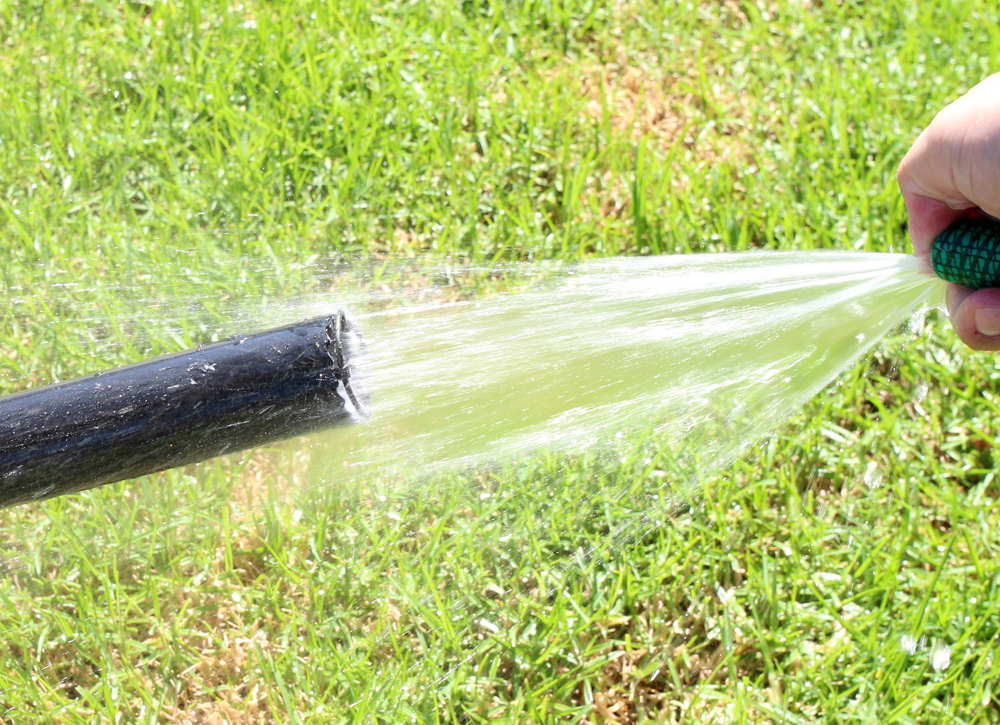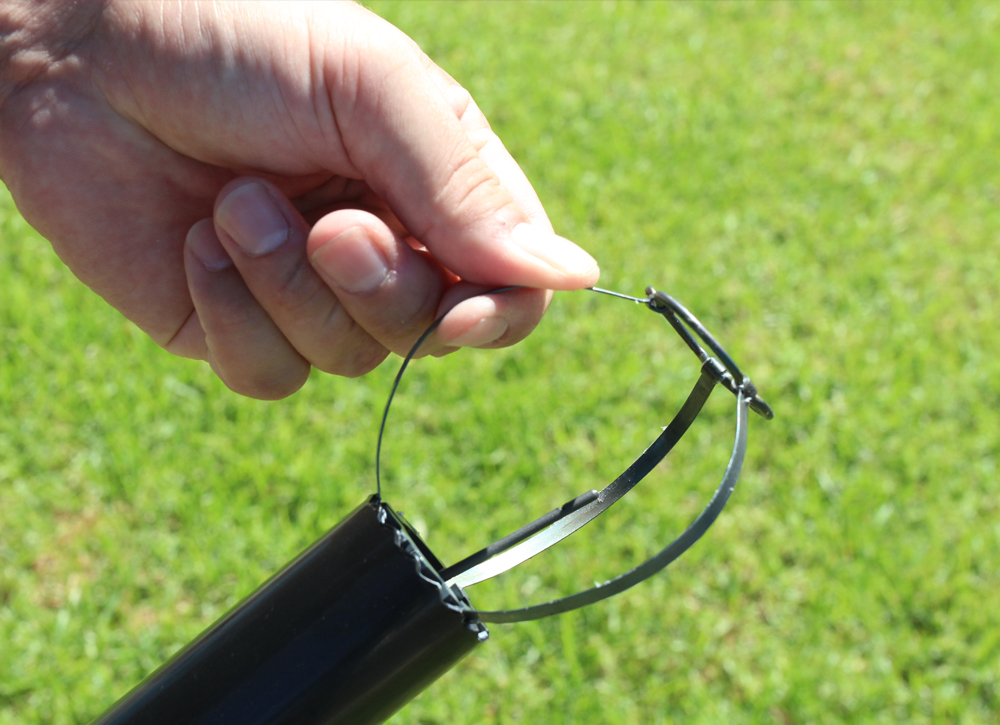Swivel Trigger
By design the trigger dangles loosely with a lot of leeway so that the pest gets all the way into the trap for a quick and humane kill. The trigger can be moved in all directions without engaging until it is pushed all the way to the other side. The trigger hangs down about 1 1/4 “. If your trigger does not seem long enough this might indicate that your straps are bent.
Bent Straps | Repair or Replace
To safely repair or replace bent straps read instructions and see video links below. If straps are too bent, Replacement Straps are available.
Fix Bent Straps Tutorial: Click here
Replacement Straps Tutorial: Click here
Avoid bent straps: Do not push down when setting. To properly set the trap insert the unset trap to the base of the tunnel, brace the endcap with a flat hand, just as leverage, while pulling up on the black tube until it locks. Don’t push down, since any downward action, even a ¼”, can bend the straps.
Note: When moving the trap or in pest removal, pull the trap out of the ground by the spring end, do not pull by the black tube.
Set in a Habitat Tunnel
GopherHawk performs best when set in a “habitat tunnel”, near a fresh mound. Gophers and moles occupy expansive underground habitats. Mounds are the result of displaced soil that the pest ejects when making and maintaining their habitat tunnels. The soil of a fresh mound will appear loose or damp. It is important to set the trap in the habitat tunnel, not the space that dirt is pushed out from.
For Gophers
You will notice that gopher mounds have a round shaped plug on the top and fanned-out dirt that has been pushed from the tunnel. Begin probing 6 – 10 inches from the plug, in the opposite direction of the fanned-out dirt, ideally between two mounds. A tunnel is found when the probe pushes through the soil with less resistance.
For Moles
Moles generally have two tunnels, their very shallow grubbing run and their deeper habitat tunnel. We suggest setting in the deeper habitat tunnel. Probe about 1-2 feet away from an active mound, ideally between mounds.
Backfilling | Quick & Humane Kill
Even a pin hole of light will cause the pest to backfill the trap or see the trap straps. Backfilling may result in just a limb being caught in the trap. To avoid backfilling after the trap is set, push dirt back around the trap. If soil is too sandy, moisten or use leaves.
Catch Indicator & Pest Disposal
The yellow catch indicator is seen when the trap is set off. Pull the trap out of the ground by the spring end, do not pull out by the black tube. To remove the pest from the trap, brace the endcap while pulling back on the black tube until the pest is freed.

